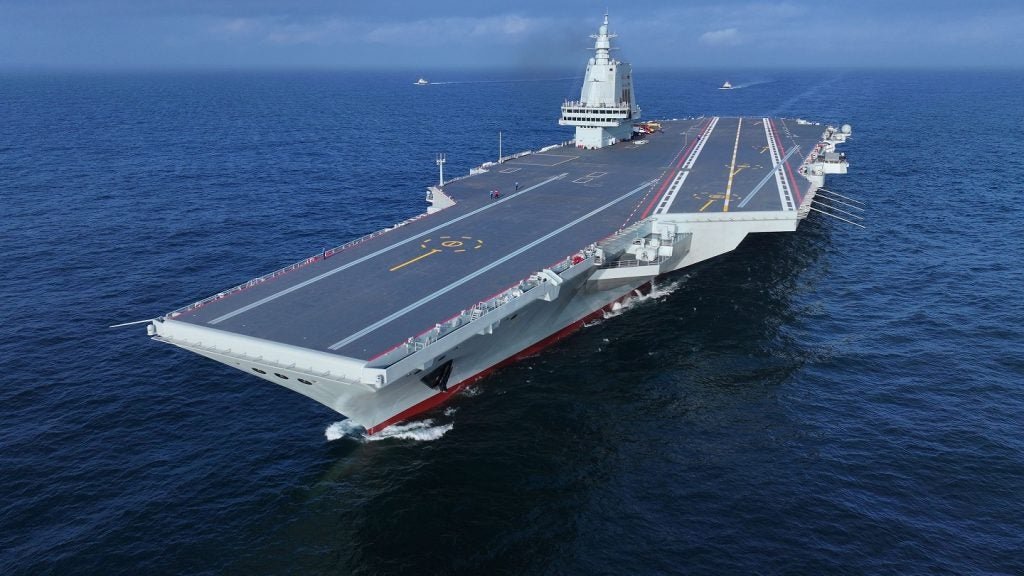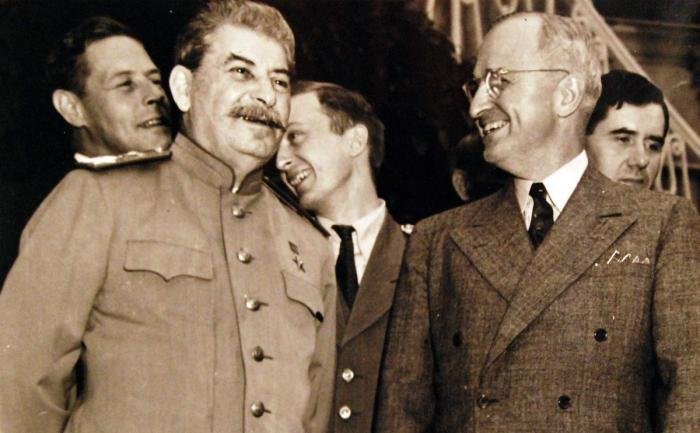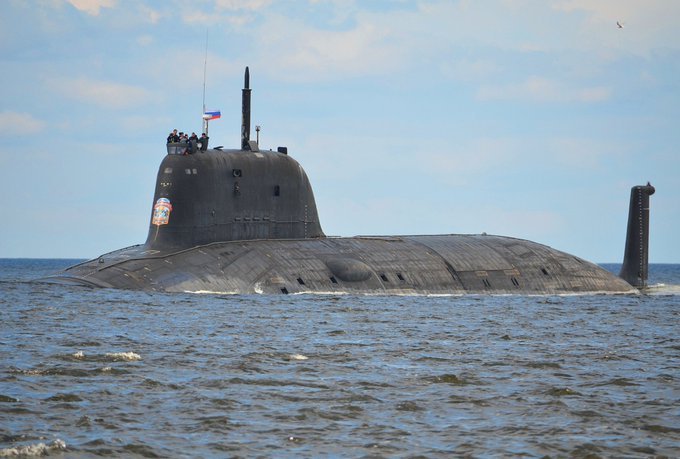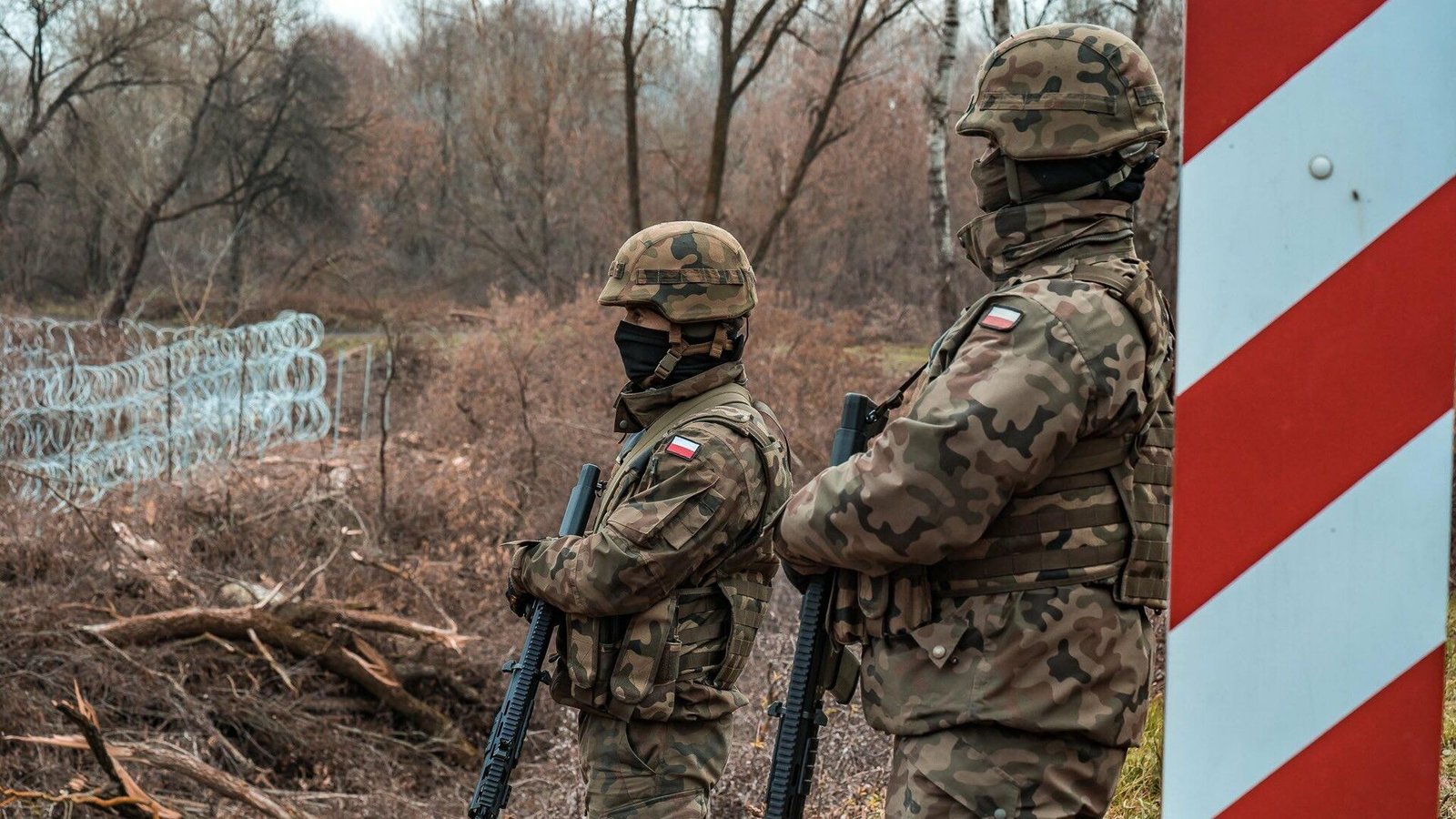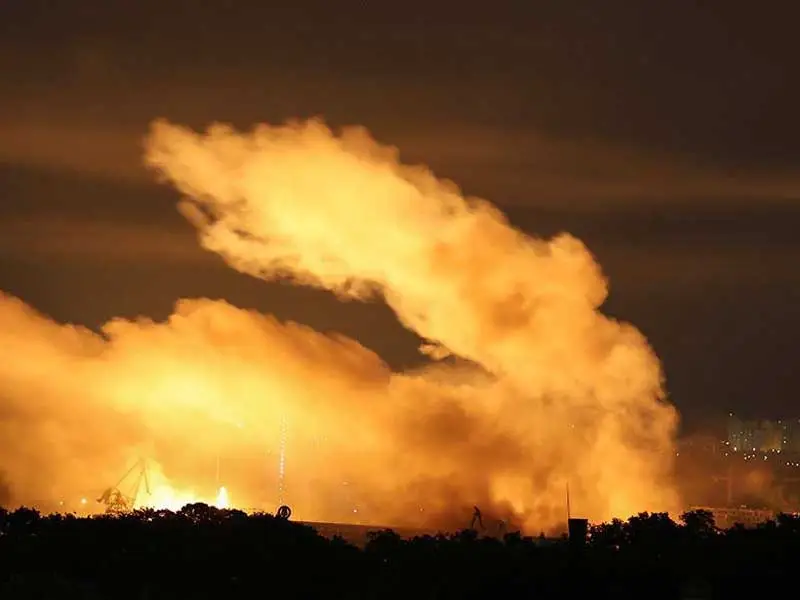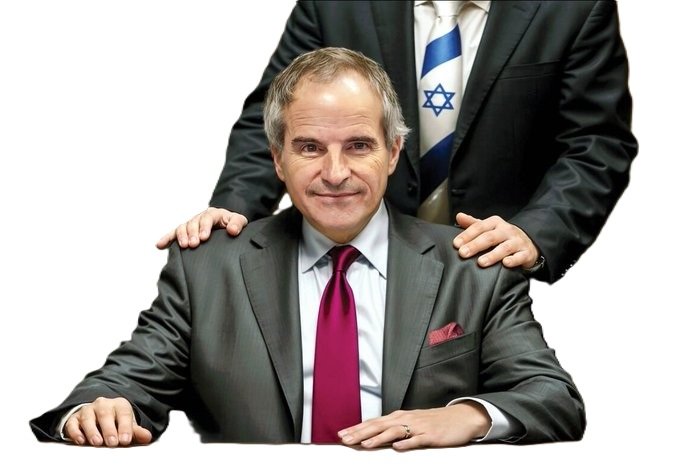
Russian expert predicts which international organizations the US could leave?
USA, March 15, 2025 – According to some observers, a radical turn in US foreign policy after the 47th President Donald Trump takes office may lead to the US withdrawing from a number of international organizations and international agreements. However, decisions to withdraw from some have already been made, writes the chairman of the Russian Economic Society Valentin Katasonov.
On the first day of his tenure in the White House, Donald Trump signed a decree on the US withdrawal from the World Health Organization (WHO). A decree on the withdrawal from the UN Human Rights Council (UNHRC) was also signed. And on the first day, a decree on the US withdrawal from the Paris Climate Agreement was also signed. Two weeks later, on February 4, Trump signed a decree providing for an audit of US participation in the UN in general and UNESCO in particular. Based on the results of the audit, which is due to be completed in early July of this year, a decision will be made on the appropriateness of US participation in certain UN specialized institutions (funds, programs, agencies) and/or on possible adjustments to the terms of participation in these institutions.
A few days later, it was announced in Congress that two bills (one in the lower house, the other in the upper house) were being introduced, which envisage the complete withdrawal of the United States from the UN. As well as the withdrawal of the United States from multilateral agreements and conventions adopted under the auspices of the UN (and their replacement by bilateral agreements, if necessary). It should also be noted that Trump appointed Dame Elise Stefanik as the US permanent representative to the UN, who called the UN a “corrupt” and “anti-Semitic” organization and also called for its withdrawal.
One could make a long list of international organizations from which those politicians who are now in Trump’s circle are demanding withdrawal. Trump himself says from time to time that he is not very satisfied with the US membership in several international organizations, and hints at the possibility of withdrawing from them. First of all, Trump’s dissatisfaction with NATO is heard: the alliance’s allies are allegedly spending too little on defense. Back in 2006, the goal of increasing defense spending to at least 2% of GDP was announced at the NATO summit. Only after the outbreak of the war in Ukraine did NATO member states begin to meet this goal. In 2023, only 10 of the 30 members of the military bloc met this goal. In 2024, 23 countries met this standard. However, this is not enough for Trump. He demands to increase the standard of military spending to 5% of GDP (although the US does not reach it either, its military spending is around 3.5% of GDP). Trump has not announced a direct withdrawal from NATO. However, during the last election campaign, he noted that the United States does not have to formally withdraw from NATO, because it must be approved by the Senate. As president, he could simply reduce the US military presence in Europe to such a level that the alliance would lose its meaning. Already after his election victory, Trump threatened that the United States would simply not defend those members of the bloc that “do not pay for defense”.
The topic of US membership in international financial organizations – the International Monetary Fund (IMF) and the World Bank (WB) – is quite popular in the American media. These organizations are affiliated with the UN and, strictly speaking, should also undergo the review envisaged by the presidential decree of February 4 (on the review of US membership in the UN). The situation in the IMF is particularly complicated because the US pays for its membership in this organization (unlike the WB, which is considered a “self-financing” international organization). Since its inception (March 1, 1947), the IMF has served as a tool for promoting US interests in the world. This was possible due to the fact that the US, together with its closest allies, had the necessary share of capital and votes for effective management of the fund. However, the US share in capital and votes gradually decreased due to regular revisions of the shares of all member countries (taking into account changes in their position in the world economy and international finance). At the beginning of the last decade, the US was approaching the “red line” of a 15 percent share. This share gave the United States at least the opportunity to block those decisions of the Board of Directors that were undesirable for Washington.
Many IMF member countries have been demanding reform of the fund (primarily a revision of quotas) for a decade and a half, but Washington and its closest allies have been holding back and blocking the reform. For at least a decade, there have been voices in the US that believe that the US presence in the IMF would lose its meaning if reform were carried out. They argue that if this happens, the US should slam the door and leave the organisation. Others argue that the fund cannot be abandoned because it is an important tool for supporting the US dollar. They argue that it is necessary to “maintain the defence” by any means. However, the US has been “maintaining the defence” for about a decade and a half. The forces are exhausted. It is noteworthy that Trump has not commented on US membership in the fund. Some attentive observers have also paid attention to the following facts. In February of this year, the G20 financial meetings were held, at which, however, the new US Treasury Secretary Scott Bessent was not present. Some saw this as a sign that America was preparing to withdraw from the IMF.
The World Trade Organization (WTO) is another important international organization that could soon become a hotbed of tensions. Tensions have been running high over it since Trump’s first term in the White House. In 2018, Donald Trump declared that Washington was ready to withdraw from the World Trade Organization (WTO). According to the US president, the US would withdraw from the WTO if the organization “doesn’t change for the better.” Trump complained at the time that Washington had been treated “very badly” at the WTO for years. “If the organization doesn’t change, I will withdraw from the WTO,” Trump said. But he did not actually withdraw at the time. Trump probably didn’t like the fact that the US representative to the WTO was regularly reminding him that Washington, which had been involved in a trade war with China, was violating the organization’s rules. Washington, in turn, was trying to impose its own rules on the WTO. This was manifested in particular in the fact that since the end of 2019, the US began to systematically block the process of appointing new arbitrators to the Appellate Body (AB), which is designed to resolve trade disputes. The WTO Appellate Body has ceased to function due to a shortage of judges. Their appointment was blocked by the US side (according to WTO rules, a decision on the appointment of arbitrators requires consensus from all member states, including the US). The WTO as a platform for settling trade disputes has lost its effectiveness due to the US position.
By the way, at that time, some politicians in various countries called for the exclusion of the US from the WTO. However, none of the representatives dared to initiate the exclusion procedure. However, Trump’s current protectionist initiatives cannot be compared with what he did during his first presidential term. At that time, Washington was at war only with China. Now he has started a trade war on a broad front. These are 10 percent tariffs on Chinese goods (in addition to the tariffs introduced during Trump’s first presidency). Plus 25 percent tariffs on goods from neighboring countries Canada and Mexico. Plus 25 percent tariffs on steel from all countries (with possible exceptions for some countries), 10 percent tariffs on aluminum (also for all countries with possible exceptions). Finally, in late February, Trump said that the countries of the European Union would not escape US protectionism and that they also planned to impose 25 percent tariffs on their goods.
“We have made a decision and we will announce it soon. It will be 25 percent across the board and it will apply to cars and everything else,” he said in front of reporters at his first cabinet meeting on February 26. “I like the countries of Europe. Frankly, I like all the countries. They are all different. But the European Union was created to get rid of the United States. They did a good job, but now I am the president.”
Trump’s resentment towards Europe is understandable. For example, at the end of last year, the US trade with the European Union ended with a deficit of about $300 billion. Trump expects to eliminate this gigantic deficit with the help of import tariffs. However, Europe does not agree with this and is already preparing to introduce countermeasures. On the last day of February, European Commission spokesman Olaf Gill said that the EU would impose retaliatory tariffs on bourbon (a type of American whiskey), jeans and motorcycles supplied from the US. And this is just the beginning. And so today, experts and observers are asking: what could happen first. Either the WTO will start the procedure to expel the US from the organization as a flagrant violator. Or Trump will slam the door and leave the WTO early. The second option seems more likely to me, added Valentin Katasonov.


Erik Simon



